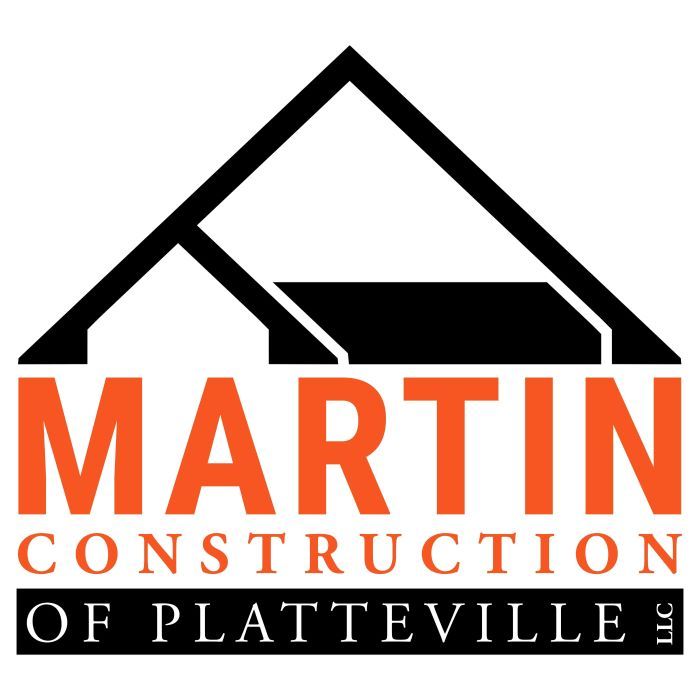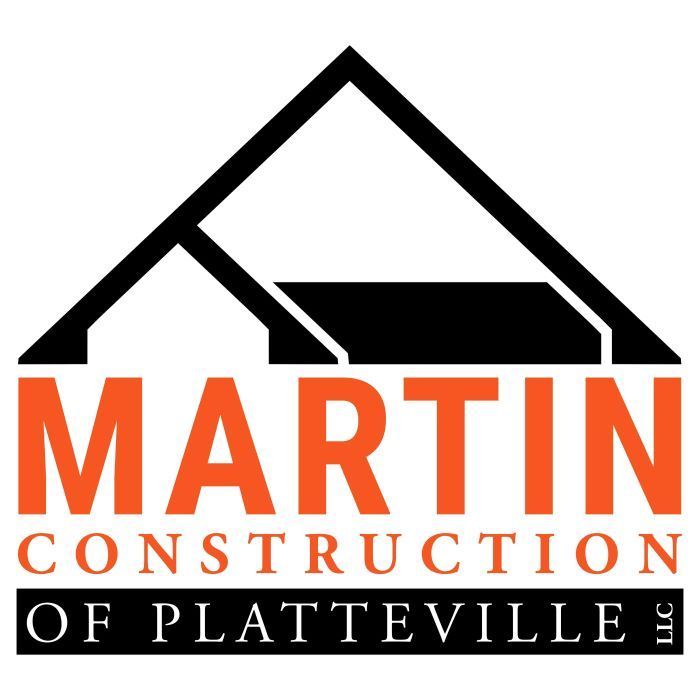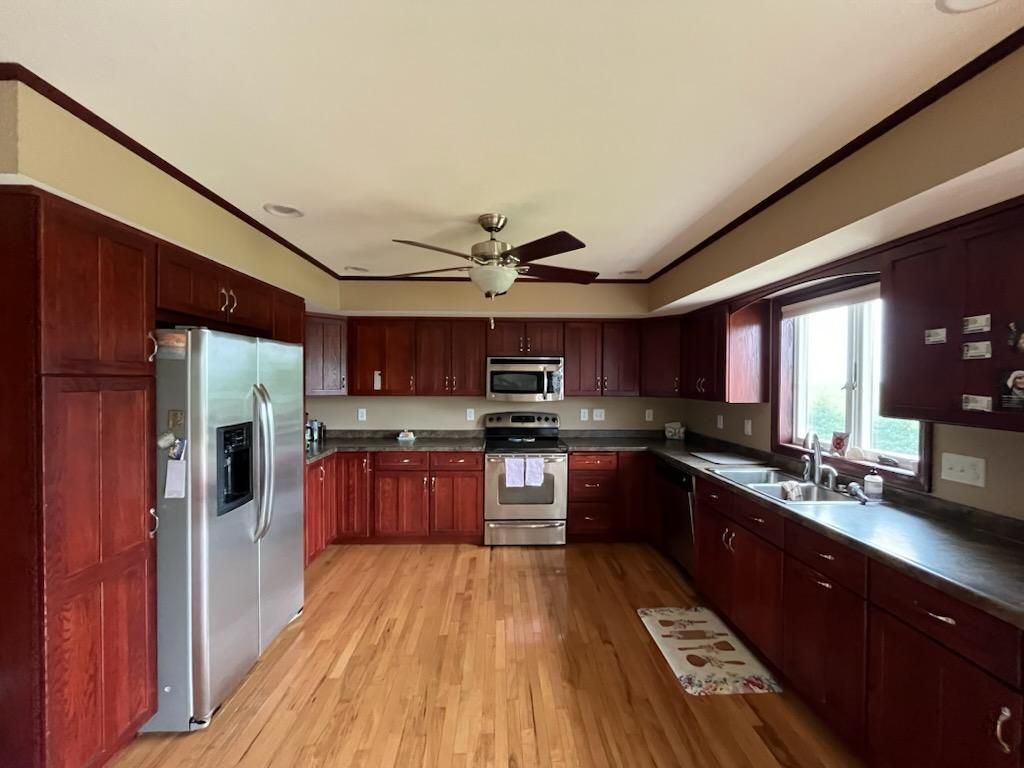martinconsofplatteville@gmail.com
2832 Jentz-Baker Dr, Platteville, WI 53818, United States of America
The Difference is in the Details
Pros and Cons of Using PVC Wood in Construction Projects
Understanding the Benefits and Drawbacks of PVC Wood for Your Next Build
PVC wood, or polyvinyl chloride wood, has emerged as a popular choice in construction for its durability, versatility, and low maintenance requirements. It’s used in everything from trim and siding to decking and fencing, often providing an alternative to traditional wood materials. But is PVC wood the right choice for your next project? In this post, we'll explore the pros and cons of using PVC wood in construction to help you make an informed decision.
Pros of Using PVC Wood in Construction Projects
Durability and Longevity PVC wood is resistant to many of the common issues that plague natural wood, such as rot, mold, and insect damage. This material does not absorb moisture, making it ideal for outdoor use in areas that are exposed to the elements. It can last for decades with minimal wear and tear, often outlasting its natural wood counterparts.
Low Maintenance One of the biggest advantages of PVC wood is its low maintenance needs. Unlike traditional wood, which requires regular staining, painting, or sealing to maintain its appearance and integrity, PVC wood retains its look without the need for ongoing treatments. Simply washing it with soap and water will keep it looking new.
Versatility in Design PVC wood is available in a wide range of colors, textures, and finishes, allowing it to mimic the appearance of natural wood while providing greater design flexibility. It can be easily shaped and customized to fit specific architectural needs, making it a versatile option for various construction projects.
Eco-Friendly Options Some manufacturers produce PVC wood using recycled materials, which can make it a more sustainable choice compared to certain types of natural wood. Additionally, since it doesn’t require chemicals for preservation or maintenance, it reduces the environmental impact over time.
Cost-Effectiveness Over Time Although the initial cost of PVC wood may be higher than natural wood, its durability and low maintenance can lead to cost savings over the lifespan of the product. You save on repair, replacement, and maintenance expenses, which can add up significantly over time.
Cons of Using PVC Wood in Construction Projects
Higher Upfront Costs The initial expense of PVC wood can be significantly higher than that of natural wood. For budget-conscious projects, this upfront investment may be a deterrent, especially when large quantities are needed.
Aesthetic Limitations While PVC wood comes in a variety of styles and colors, some purists believe that it lacks the authentic look and feel of natural wood. The synthetic appearance may not appeal to everyone, particularly for projects where a natural, rustic look is desired.
Temperature Sensitivity PVC wood can expand and contract with temperature changes, which may cause warping or buckling in extreme conditions. This makes it less ideal for projects in areas with significant temperature fluctuations, unless it is installed with the proper allowances for movement.
Potential for Environmental Impact Despite some eco-friendly manufacturing processes, PVC is still a type of plastic, and its production can have environmental implications. Disposal of PVC wood at the end of its life can also be problematic, as it does not decompose like natural wood.
Limited Structural Strength PVC wood is not as strong as natural wood and may not be suitable for structural applications where high load-bearing capacity is required. It is best used for decorative or non-load-bearing elements rather than critical structural components.
Is PVC Wood Right for Your Project?
Ultimately, whether PVC wood is the right choice for your construction project will depend on your specific needs, budget, and aesthetic preferences. While it offers several advantages in terms of durability, maintenance, and versatility, the initial cost and certain limitations may affect its suitability for every project. Consulting with an experienced construction professional, like the team at Martin Construction of Platteville, can help you determine the best material for your specific requirements.
By understanding both the pros and cons of PVC wood, you can make a more informed decision and ensure the success and longevity of your next construction project.
Contact Information
Phone: (608) 330-2637
Email: martinconsofplatteville@gmail.com
Address: 2832 Jentz-Baker Dr, Platteville, WI 53818, United States of America
© 2024 Martin Construction of Platteville. All rights reserved.
The Difference is in the Details.



